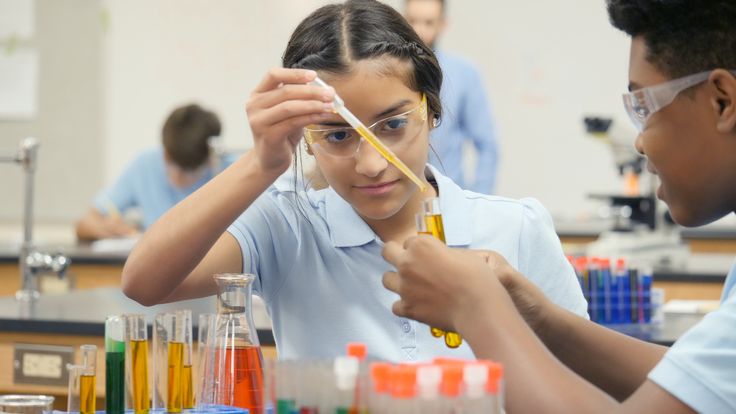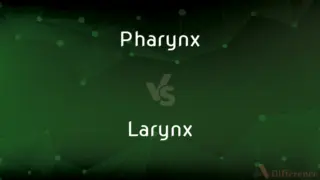Fun Science Projects for Middle School Students
Fun science projects are crucial for middle school students, igniting their curiosity and fostering a deep understanding of scientific principles. This guide explores various hands-on activities that combine education with enjoyment, helping students visualize abstract concepts and develop a strong foundation in scientific thinking. Many students struggle to connect with traditional classroom learning, but by incorporating fun science projects, you can unlock their natural inquisitiveness and cultivate a lasting interest in STEM subjects. We’ll explore exciting projects and effective strategies for engaging middle schoolers, covering areas from simple demonstrations to more intricate explorations. This article is structured into various sections, starting with simple, accessible projects, followed by gradually more intricate experiments. Each section provides clear explanations, step-by-step instructions, and essential safety precautions.
Simple and Engaging Experiments
Building a Volcano
A classic experiment, building a volcano allows students to visualize the process of a volcanic eruption. This experiment requires easily accessible materials like a baking soda solution, vinegar, dish soap, and food coloring, which can be sourced from common household items. Using baking soda and vinegar results in an immediate and exciting reaction, which students can easily observe and understand. Creating a miniature volcano model can engage students in active learning and stimulate their understanding of chemical reactions.
Exploring the Wonders of Chemistry
Creating Slime
This popular science experiment is an excellent example of how simple materials can create an interactive and engaging learning experience. By mixing borax solution with glue, students can observe the chemical reaction that results in the formation of slime. This hands-on experience is a great way for students to grasp the concept of polymers, mixtures, and chemical reactions in a fun and dynamic way. Moreover, it can easily be adapted for a science fair project if properly documented and analyzed. This project is safe, affordable, and highly captivating for middle schoolers.
Investigating Physical Science Concepts
Making a Lava Lamp
A simple lava lamp is a fun and educational project that visually illustrates density differences between different liquids. The creation of a lava lamp requires commonly available materials like oil, water, food coloring, and a plastic bottle. The contrasting densities between the oil and water lead to an observable visual demonstration that explains basic physics principles. Students can experiment with varying quantities of oil and water to notice the difference in the lava lamp’s behavior, enabling a deeper understanding of these fundamental concepts.
Encouraging Critical Thinking with Engineering Projects
Designing a Paper Airplane
A seemingly simple project, designing and building a paper airplane, teaches valuable problem-solving and engineering skills. By using paper as a primary material, students can focus on the design, construction, and aerodynamic properties of different airplane models. This teaches students about aerodynamics and the principles of engineering, which also promotes creativity and critical thinking. They can experiment with various designs, improving their designs based on the outcomes of each test flight. Through hands-on building and experimentation, students can appreciate the engineering process.
Implementing STEM Practices
Growing Crystals
Growing crystals is a fantastic way to illustrate crystal growth and the principles of saturation in chemistry. By using common materials like Epsom salt, water, and string, students can visualize the principles of crystal growth and learn about the formation of crystals. This project can be adapted for a science fair project by tracking the growth over time. This activity also promotes patience, observation, and data collection in a creative and productive manner. This experiment allows students to understand how crystals grow in response to various conditions, which is a captivating way to understand the world around them.
Project Preparation and Execution
Engaging Students
To effectively engage your students in these fun science projects, start by sparking their curiosity. Create an encouraging environment where students feel comfortable asking questions and exploring new ideas. Clear, concise instructions are key, with illustrations and diagrams if needed to visualize complex concepts. This approach helps students to follow the instructions without confusion or uncertainty. By fostering collaborative learning and encouraging brainstorming amongst students, you can create a positive learning environment that encourages active learning and participation.
Additional Considerations
Adapting for Different Learning Styles
Consider incorporating different learning styles in your teaching strategy. Provide options for hands-on activities, visual aids, and discussions. Students may learn differently, but these experiments are designed to be easily adaptable for the vast majority of students. It is essential to keep in mind the diverse needs of each student and provide opportunities to interact with the material in a manner that fosters their learning style. This also helps to cater to student diversity.
Assessing the Results
Evaluating Learning
Evaluation is crucial for understanding the impact of these science projects. Use observation, discussions, and brief written reports to assess the understanding of scientific concepts. Observe if they understand the experimental processes, and if they can apply their learning to new situations. This step provides teachers with insights to adjust their approach or reinforce areas where students show specific weaknesses.
Connecting with Resources
Encouraging Further Exploration
Encourage students to research additional information about their chosen projects, using scientific journals, online resources, or even contacting local experts. This further enriches their understanding, while also fostering research skills that are essential for their academic development and future careers. Encourage students to explore and research further on their own and develop further interest in these projects.
In conclusion, fun science projects for middle school students offer a fantastic opportunity for exploration, learning, and fostering a passion for science. The projects highlighted above, from building a simple volcano to exploring the science of slime, are just a starting point. Encourage your students to explore their own questions and ideas! Further, consider connecting with local science museums or organizations for more advanced projects or mentorship opportunities. Ultimately, by embracing fun science projects, you can spark a lifelong love of learning in the next generation of scientists and innovators. Ready to ignite your student’s curiosity? Let’s dive into exciting science projects together!
Share this content:




Post Comment